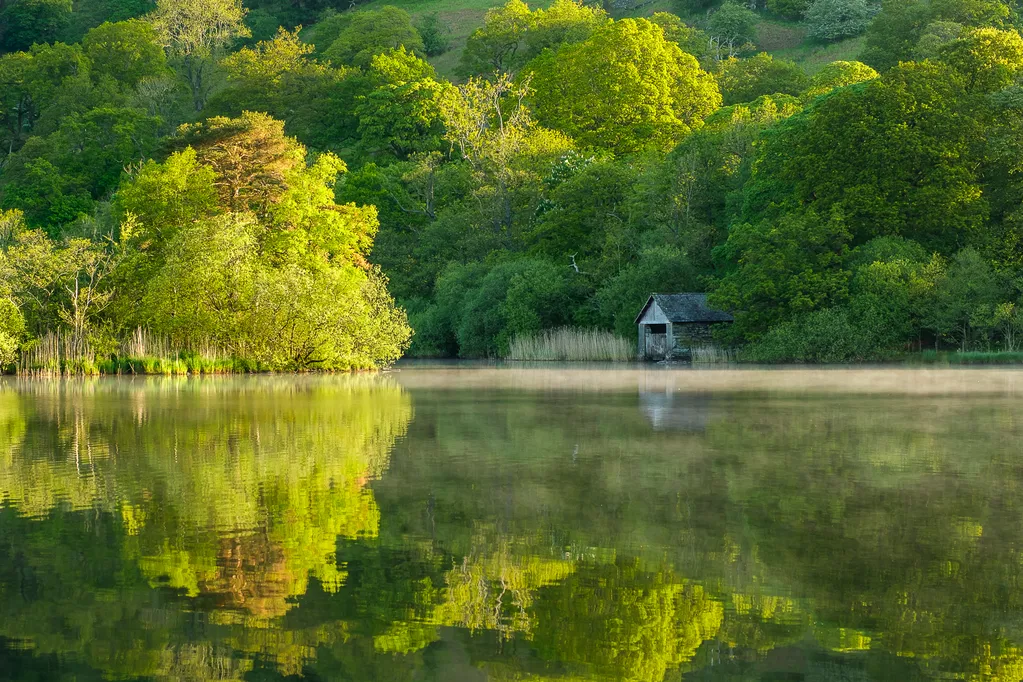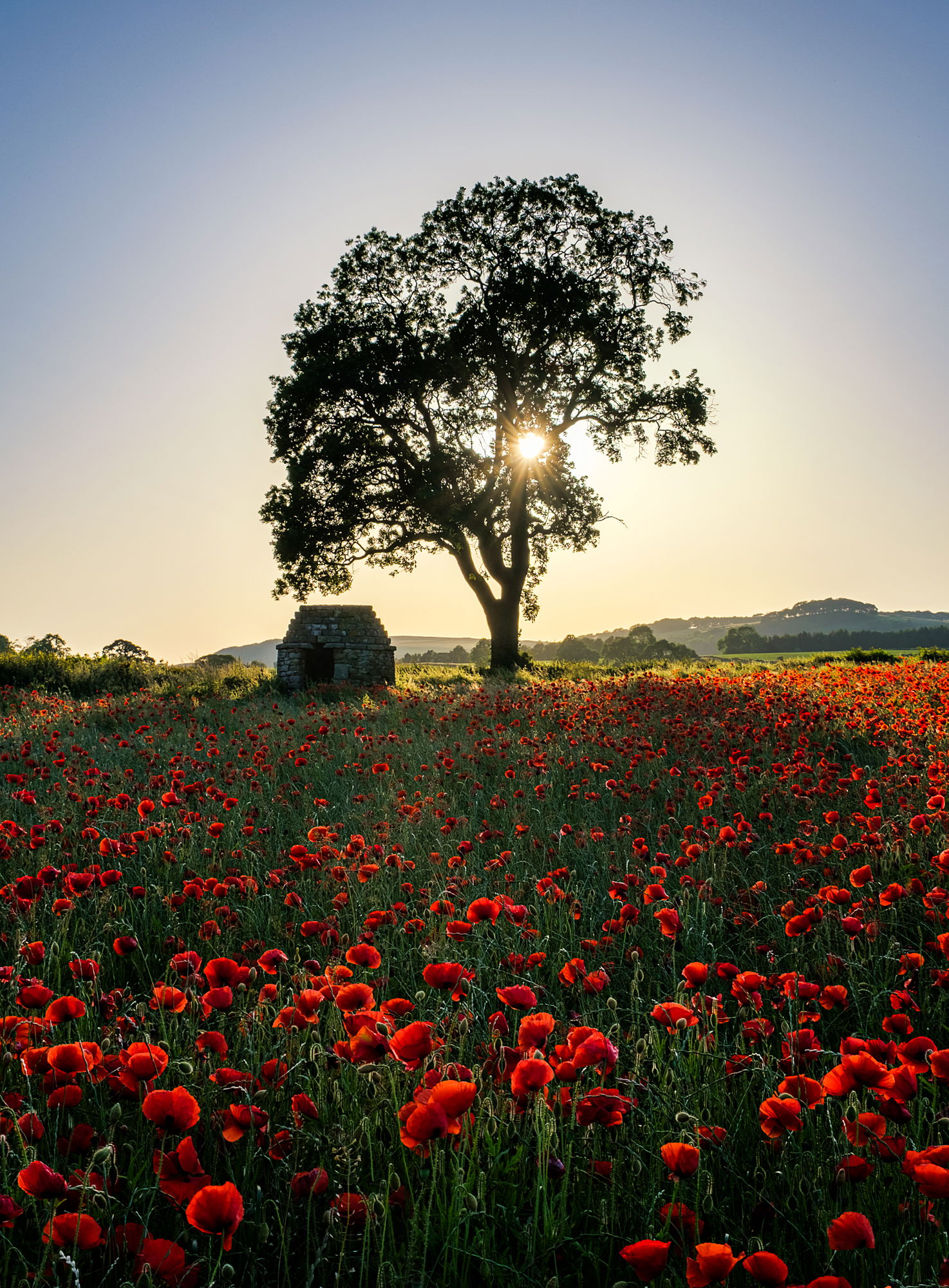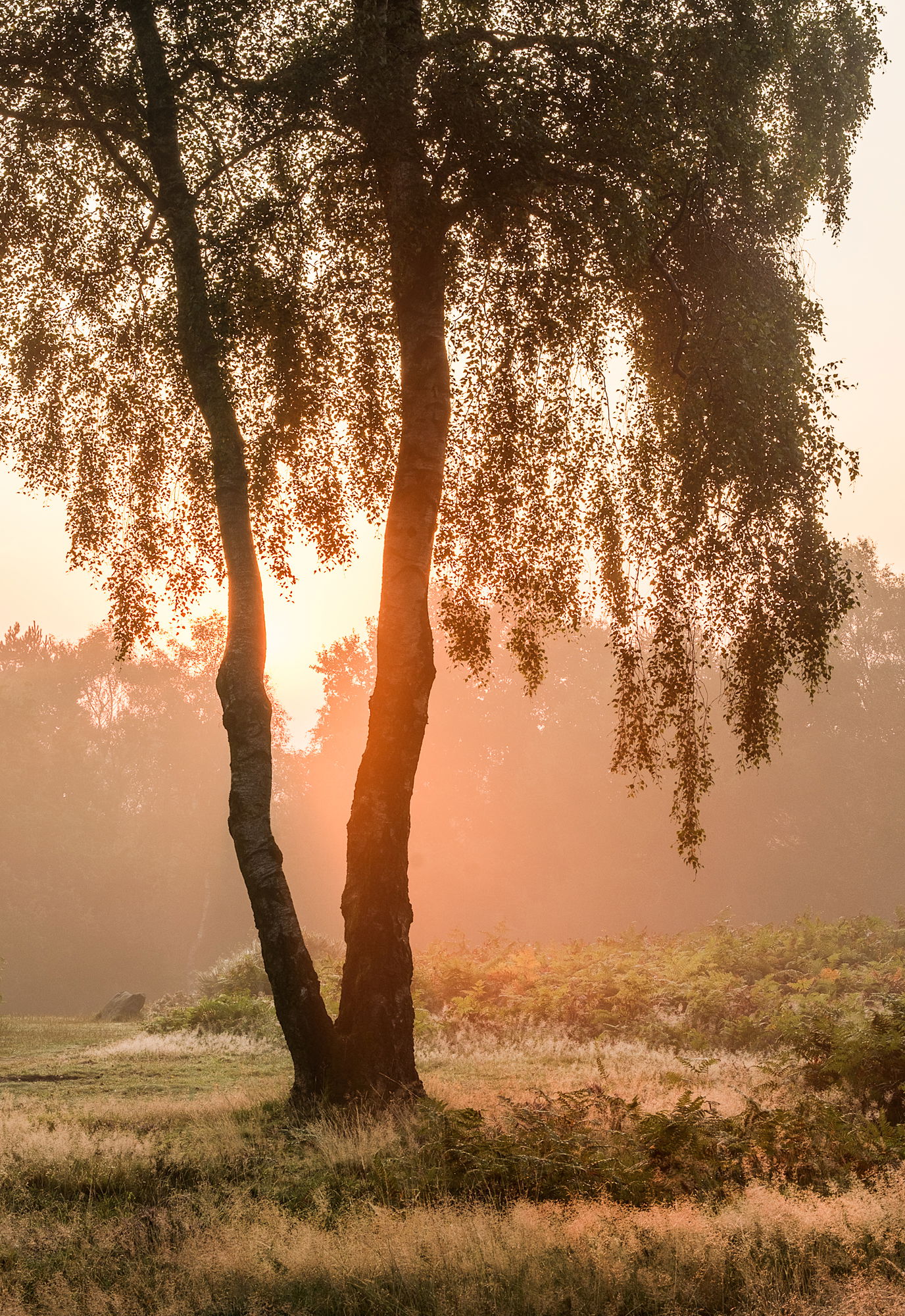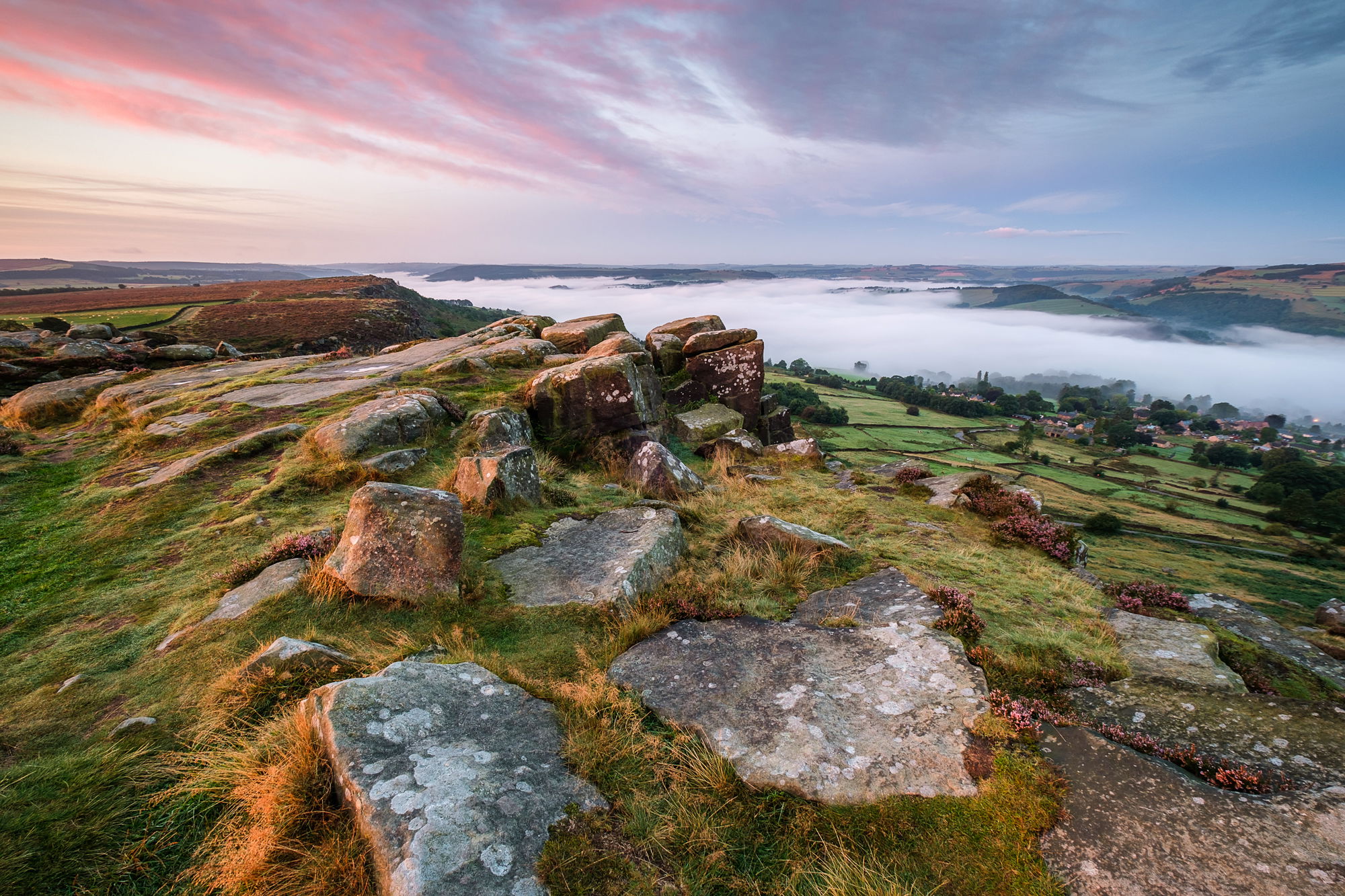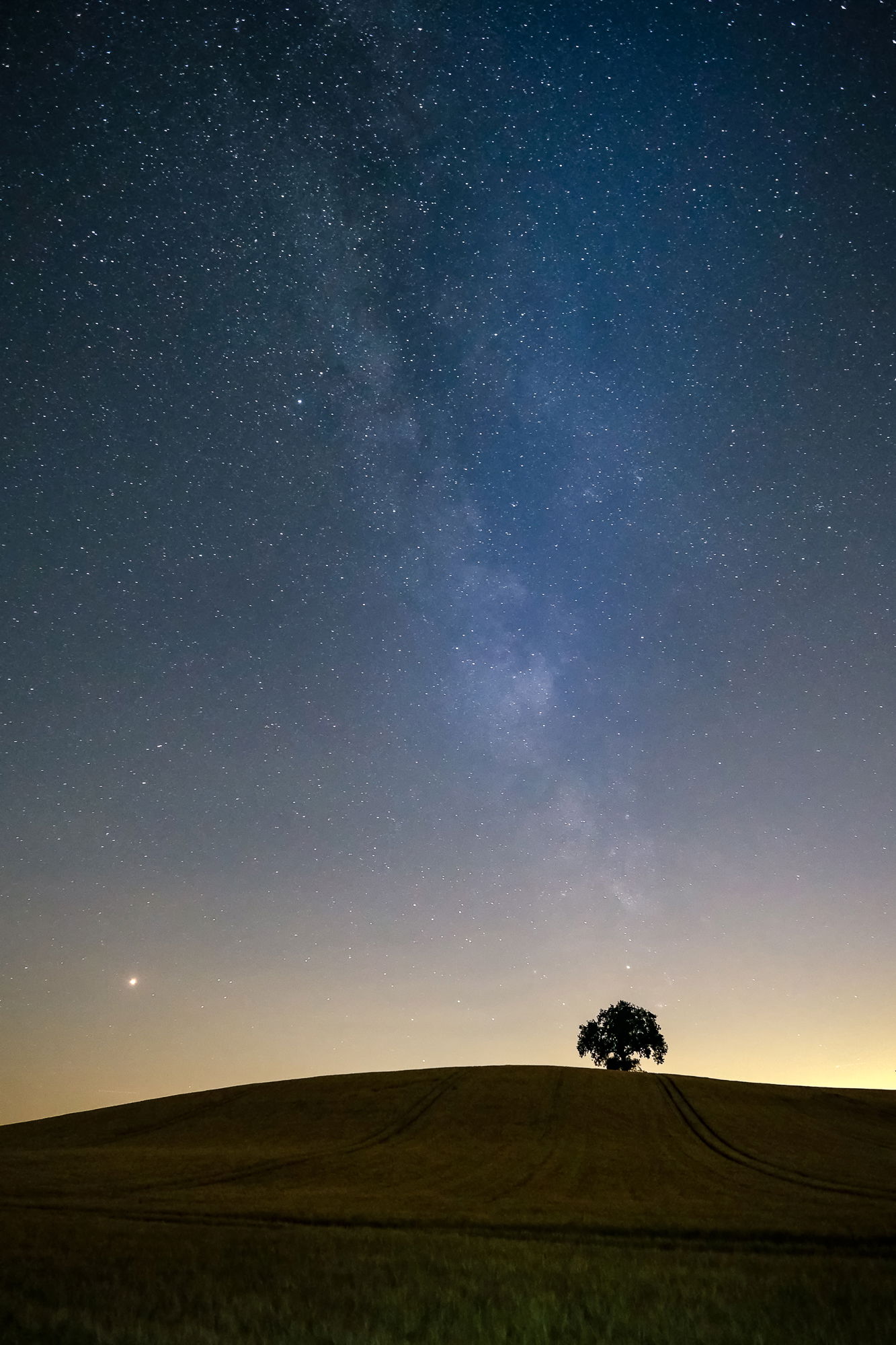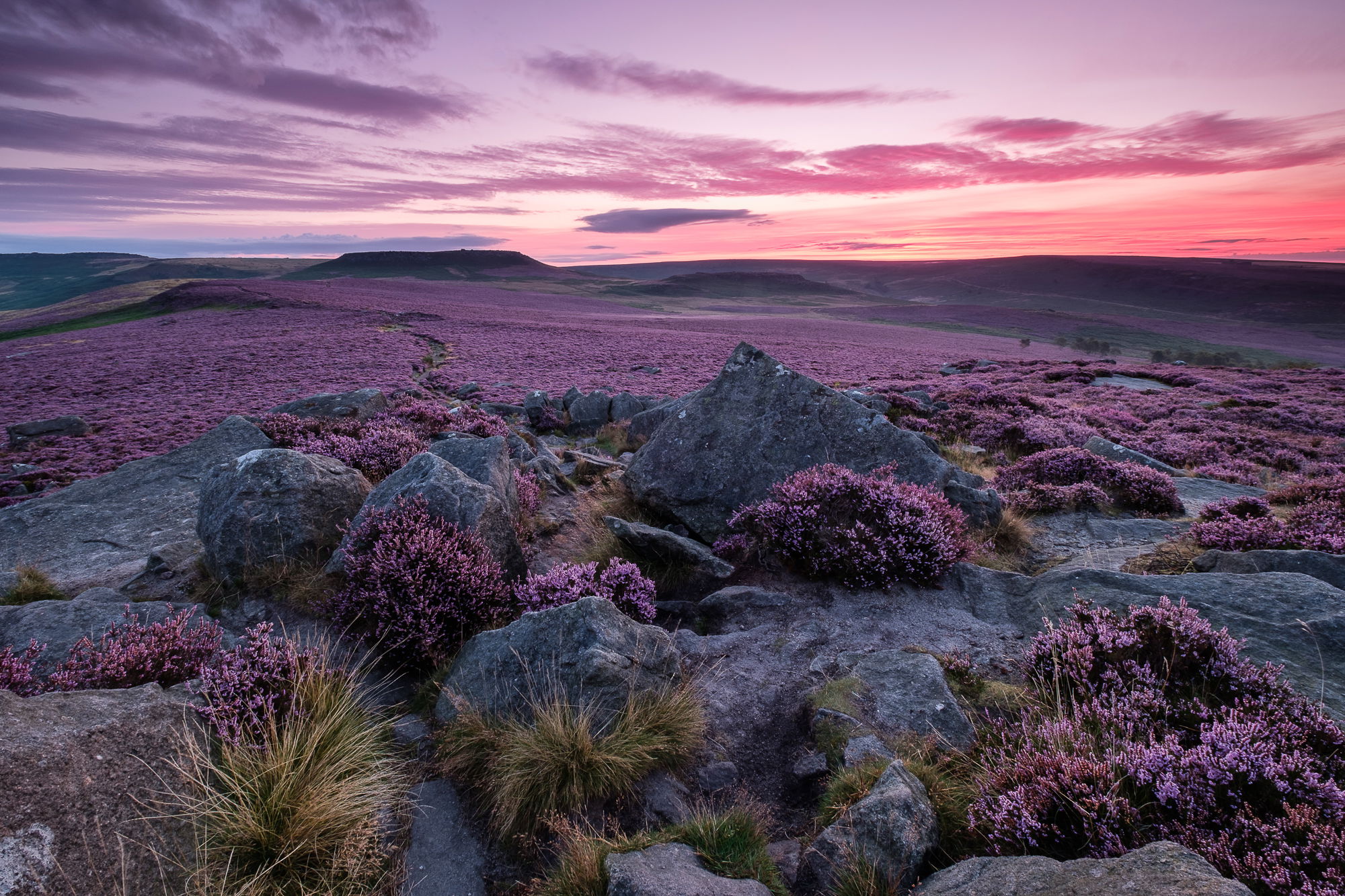Ask any landscape photographer what is their favourite season and 99% would never utter the word “summer”. The fact is that long days, lots of people and bright, harsh light makes it difficult to achieve stunning shots. Difficult maybe, though not impossible. Like many things there is a solution if you find the best subjects and the right light.
Light is everything
Let’s tackle the “elephant in the room” first. Light is everything in landscape photography and the best light is at the beginning and end of the day. The issue in summer is that sunrise is early, ok very early! In mid-July the sun rises at 4.46am and if that seems bad enough you need to factor in being on location, ready to shoot, an hour before sunrise. However, with Civil Twilight (when the sun is 6º below the horizon) beginning at 3.54am, you can shoot for a couple of hours experiencing the moody pre-dawn light, then sunrise and finally fabulous golden hour and be home for breakfast! Remember too in summer, the conditions are much warmer, it’s more comfortable to shoot plus you’re less likely to see people at this time of day.
If you’re lucky you may even get some early morning mist to add some atmosphere to your pictures. Watch out for warm, wet weather followed by cold clear nights or a dew point that’s around 2º difference to the temperature. You’ll need to work quickly though as these conditions don’t last long when the sun rises and warms up the landscape. At the other end of the day the sun sets at around 21.30 but you’ll need to wait for half an hour after sunset for the best light. If you’re wild camping, have a campervan or are prepared to cat nap in the car it’s probably easier to shoot sunset followed by sunrise!
Make sure to plan
When planning trips, you’ll need to be aware of the weather forecast, sunrise and sunset times and direction together with some research of the location and viewpoints. It’s better to shoot new locations at sunset as you can search out compositions in the afternoon light. I have a few favourite Apps to help me. For the weather, I use Weatherpro, I love the radar forecast for rain, Clear Outside which is good for checking cloud cover and levels of cloud – high cloud is best for sunrise and sunset and Dark Sky. The Photographers Ephemeris gives me detailed sunrise and sunset information and Photopills is an invaluable aid for planning, including astro photography and information to help with depth of field and long exposure calculation. If you’re photographing seascapes then always check the tide times and shoot on a receding tide to avoid getting cut off.
For many, summer is holiday time so you may well be visiting new locations. Do your research, use Instagram, Google and Flickr, make notes and think about creative compositions. Make use of the great colour in summer using vibrant greens to bring a fresh feeling to your pictures, meadow wildflowers, poppies and heather are all great for adding a splash of colour. After sunrise, the light can be pretty harsh and contrast-y, but you can still search out areas of shade and if it’s cloudy or overcast then head into the woods or shoot tumbling streams and waterfalls as these conditions will be perfect with no bright highlights or glare to contend with.
Don’t forget to protect yourself. I always make sure I have a waterproof (it is Britain!) hat, sun cream, and water. Even in the summer it can get pretty chilly early and late in the day so pack a warm layer too.
What about the gear?
The camera and lenses you use for shooting summer landscapes are essentially no different to any other season unless you need to factor in the weight – not so much of a problem with Fujifilm. However, my typical set up would be a body and my preference is the X-T4 range because of the image stabilisation, weather sealing, flip out screen, intuitive layout and better battery life. The “holy trinity” of zoom lenses XF10-24mm, XF16-55mm and XF50-140mm because versatility, image quality and weather sealing is important to me. If weight is more of a concern then the XF18-55mm and XF55-200mm offer a very credible alternative and if you only want one lens then the XF16-80mm is a perfect choice. Wide-angle lenses are great for capturing powerful foregrounds, giving depth to your images and I love using a telephoto lens to isolate detail, especially in woodland, or to compress perspective. Shooting in low light means slow shutter speeds so using a tripod not only ensures a shake free shot but also helps tremendously to fine tune your compositions. As for filters, a Polariser would be my first choice, great for cutting through the atmosphere and reducing glare as well as delivering some pop to your pictures – just make sure not to over polarise and avoid using on ultra-wide angle lenses as you can often get uneven polarisation in blue sky. Other filters I carry include a set of Neutral Density filters to control my shutter speed for creative effect. I sometimes use ND Graduated filters to balance the dynamic range but increasingly I’ll take a series of shots using the Auto Bracketing feature and blend the shots in post processing.
Technical Considerations
When shooting landscapes, I normally use Aperture priority as my main concern is controlling the depth of field, typically at f8 or f11.
My ISO is always set to 160 for the best file quality. If I am using a tripod or there is no movement to control, the Shutter speed is irrelevant. If I want a certain look and feel to water I’ll either use ND filters to reduce the shutter speed or increase the ISO for a faster speed. For metering I use Multi Segment in most cases or alternatively Spot Metering to record a more dramatic scene. I always have the histogram displayed and use the Exposure Compensation dial to fine tune ensuring highlights are not clipped or shadows blocked. Setting the dial to “C” allows me to use the front command dial to adjust without moving my eye away from the viewfinder.
If you shoot JPEGS you might want to set your White Balance to daylight and select an appropriate film simulation such as Provia or Astia, perhaps Velvia if you like more vibrant colour. Of course, shooting in RAW means that you can try different simulations during processing.
To achieve front to back sharpness using AF and a wide angle lens I would usually focus a third into the scene and select a narrow aperture e.g. f11 and I always check in playback. I also use Manual Focus with Focus Peaking and highlights set to red to achieve the same effect. If you are using a longer focal length lens or if there is some foreground interest very close to the camera then try the focus bracketing feature.
Different Techniques
Summer is a great time to experiment with different shooting techniques. Have you ever tried Infra Red? It’s great for producing striking pictures turning foliage and grass white and blue skies turning dark and dramatic. You can either use an infra red filter or choose to have a body converted to only shoot IR. With mild temperatures and clear skies summer is one of the best seasons to shoot night photography. You’ll need a wide-angle lens, preferably with a fast aperture, and a sturdy tripod. Choose the widest aperture, try an ISO of 1600 and for the shutter speed divide your focal length (full frame equivalent) into 500, or use the PhotoPills app.
Capturing long exposures allows us to shoot through the middle of the day, so get your 10 stop ND filter out and look for elements that are moving for maximum creative effect such as water, clouds, grasses or trees.
You can also try more abstract techniques such as Multiple Exposure or Intentional Camera Movement, great where you can take advantage of the summer colours.
So, don’t dismiss the summer as a time to put your photography on hold and relax in your deckchair there are lots of opportunities to take pictures, you just might have to set your alarm clock and grab the sun cream!

